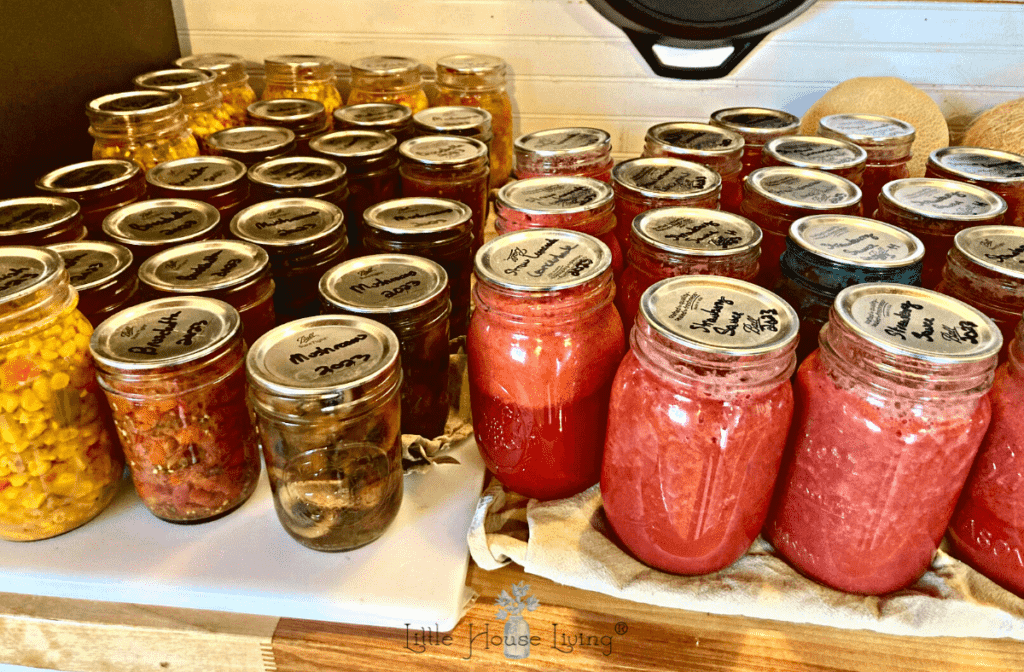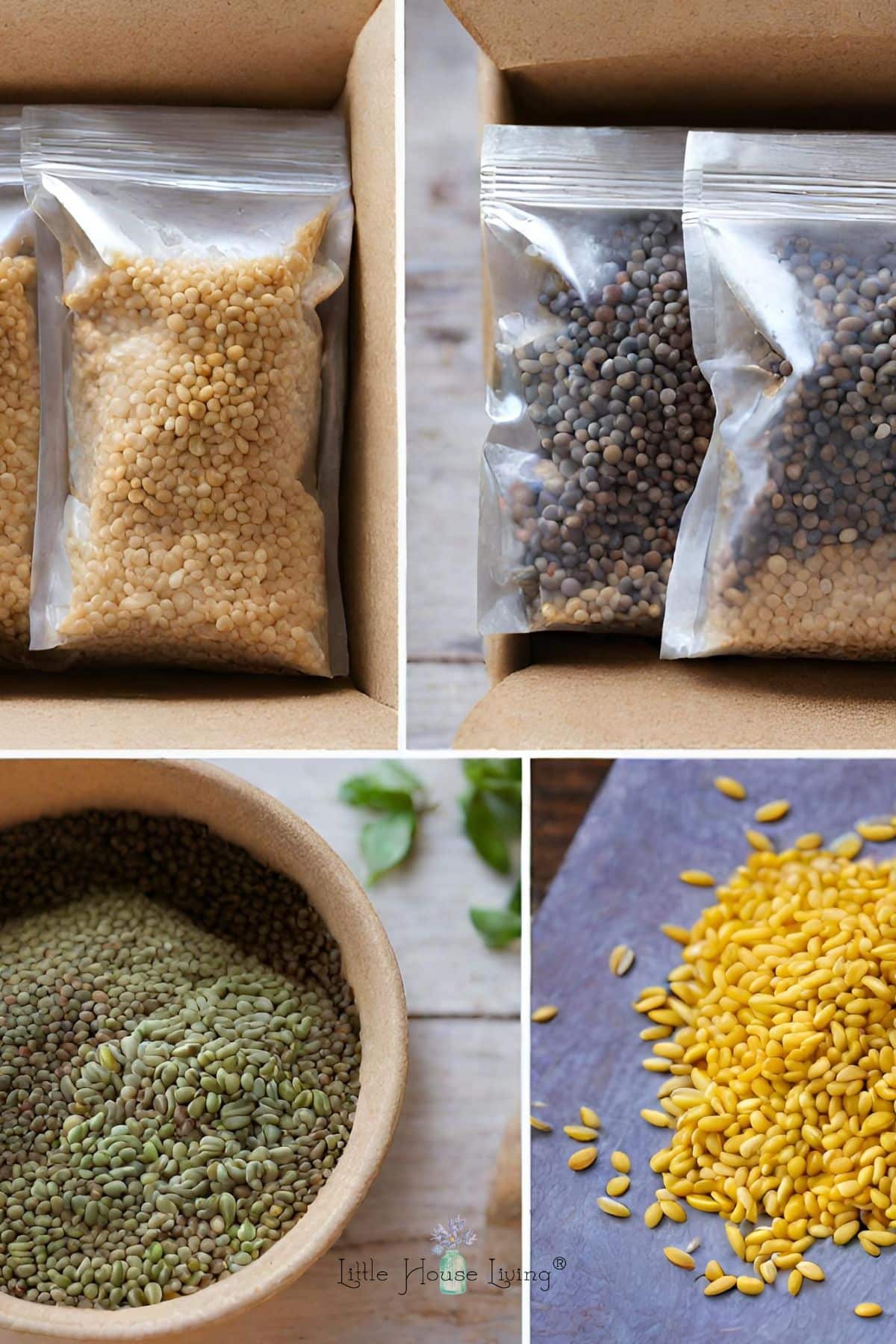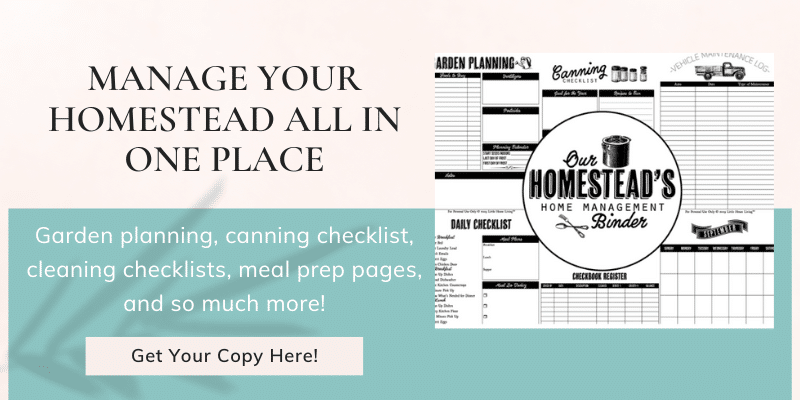12 Wartime Victory Garden Planning Tips for Beginners
This post may contain affiliate links. Read our disclosure policy here.
In times of war, victory gardens were more than just patches of soil; they were symbols of resilience, self-sufficiency, and community spirit.
Today, the Victory Garden idea is making a comeback. It’s not about helping with the war effort, but the idea is there to remind us to embrace a more sustainable and frugal lifestyle.
In this article, we’ll explore some essential victory garden planning tips to help you get started.
Let’s dig in!

What Was a Victory Garden?
Victory gardens, also known as war gardens or food gardens for defense, were civilian gardening projects during World War I and World War II.
These gardens were used to supplement the public food supply, supplement personal food supplies while dealing with rations, and help support the war effort but also to boost morale and build community.
Victory Garden Planning Tips
Are you ready to create your own Victory Garden? If so, here are some things you need to know to make the most of your space, just like they did during wartime.
Utilize All Available Space
Gardens were planted everywhere, from backyards to public parks. Even small spaces like balconies or window boxes were used to grow food.
You can plant anywhere that you can. I’ve even had gardens that I’ve planted inside and outside in pots while we’ve lived and traveled in an RV. If I can do it, you can too.
Another option is to create a public garden in a shared space. This can be a simple community project that can truly bring people together.
Grow Calorie-Dense and Nutritious Foods
Vegetables such as potatoes, carrots, and beans were emphasized during wartime because they are nutritious, yield a high amount of food, and can be stored through the winter.
Consider the types of foods you are planting in your garden. Grow the items that you will get the most value from with the space you have.

Companion Planting
Gardeners were encouraged to plant certain crops together to deter pests, enhance growth, and utilize space effectively, such as planting tomatoes with basil.
The book Carrots Love Tomatoes is a great start to a deep dive into companion planting, and I highly recommend it if you are considering using this technique.
Vertical Gardening
During the Wars, vertical structures were used to grow vining plants like cucumbers, peas, and beans to maximize space.
You can use almost anything to create more vertical space for plants. If you don’t have any fencing, you can use heavy twine or tree branches to create a trellis. I’ve done both for many years when I didn’t have enough hog panels (my usual trellis).
Succession Planting
This technique involves planting new crops in spaces where others have already been harvested to ensure a continuous produce supply.
This is an especially good technique when you have a longer growing season and plenty of time to take advantage of it. With succession planting, you can effectively have a continuous supply of green beans, peas, lettuce, etc.

Preservation
Canning and drying were important aspects of the Victory Garden movement to ensure food would last beyond the growing season and provide food for the family no matter what.
This used to, and still can, provide comfort and food security for those who deal with food shortages or very expensive foods during the long winter months.
Here’s my full page of Canning and Preserving Recipes.

Composting
Composting organic waste to create rich soil was a common practice, reducing waste and improving garden yields. It was a cheap way to build up the soil when money was low.
Composting is not as complicated as you think it might be. You only need to collect your food waste in a single area and turn it over often to create the most wonderful soil and garden additive. There are even ways that you can use your chickens to turn over compost so you don’t have to do much work.
Water Conservation
Techniques such as mulching and careful watering were emphasized to conserve water during the war.
We followed these techniques in our last home, where we had to haul in all of our water. I saved “grey water” (leftover sink and shower water) from the house to reuse, we collected rainwater, and I used shading techniques to help with evaporation.

Seed Saving
Gardeners during wartime were encouraged to save seeds from their plants to reduce dependence on seed suppliers and preserve plant varieties. They made this a major part of their Victory Garden Planning.
This is something we can easily still do today. Here are some ideas on How to Save Seeds. You can also pick up the book Seed to Seed for complete seed-saving techniques.
Community Collaboration
During wartime, you had to depend on your neighbors. Many neighbors often shared resources like tools, seeds, and knowledge, and sometimes even shared the labor and harvests.
If you are great at growing rhubarb but not so great at growing cucumbers, and your neighbor is bartering for what you want or need. Go with a neighbor to buy or rent a tiller so that you don’t have to spend all of the expense on yourself.
Here are some tips on How to Barter.
Education and Resources
During the wars, governments provided educational resources to help citizens learn how to garden effectively, deal with pests, and preserve their food.
They still do, to some effect today. Look up your local master gardener program or find research on gardening ideas on your local extension office websites. There is still a wealth of information waiting to be found, and it’s even tailored to your growing zone!

Pest Management
Gardeners used natural methods to control pests instead of chemical pesticides, which were often unavailable, like encouraging beneficial insects or using barriers.
I’ve used ladybugs before to deal with aphids (you can buy them online!), and I would also like to make my own garden pest control solutions. They are super cheap and effective.

Victory gardens were about being resourceful and self-reliant, and many of these tips are still relevant for gardeners today who wish to grow their own food at home.
I hope you’ve found some things here that encourage you to grow your own “Victory Garden” today!

Merissa Alink
Merissa has been blogging about and living the simple and frugal life on Little House Living since 2009 and has internationally published 2 books on the topic. You can read about Merissa’s journey from penniless to freedom on the About Page. You can send her a message any time from the Contact Page.
This article on Victory Garden Planning was originally posted on Little House Living in March 2024.



Thanks for the reminders! I’m doing my gardening in pots on the patio. So the virtical growing idea is one I am going to try.
Thanks for the info on the Victory Gardens. You have inspired me to plan a small garden on my four by twelve foot porch. I’m going to start with a salad garden including lettuce, onions, basil, oregano and tomatoes.